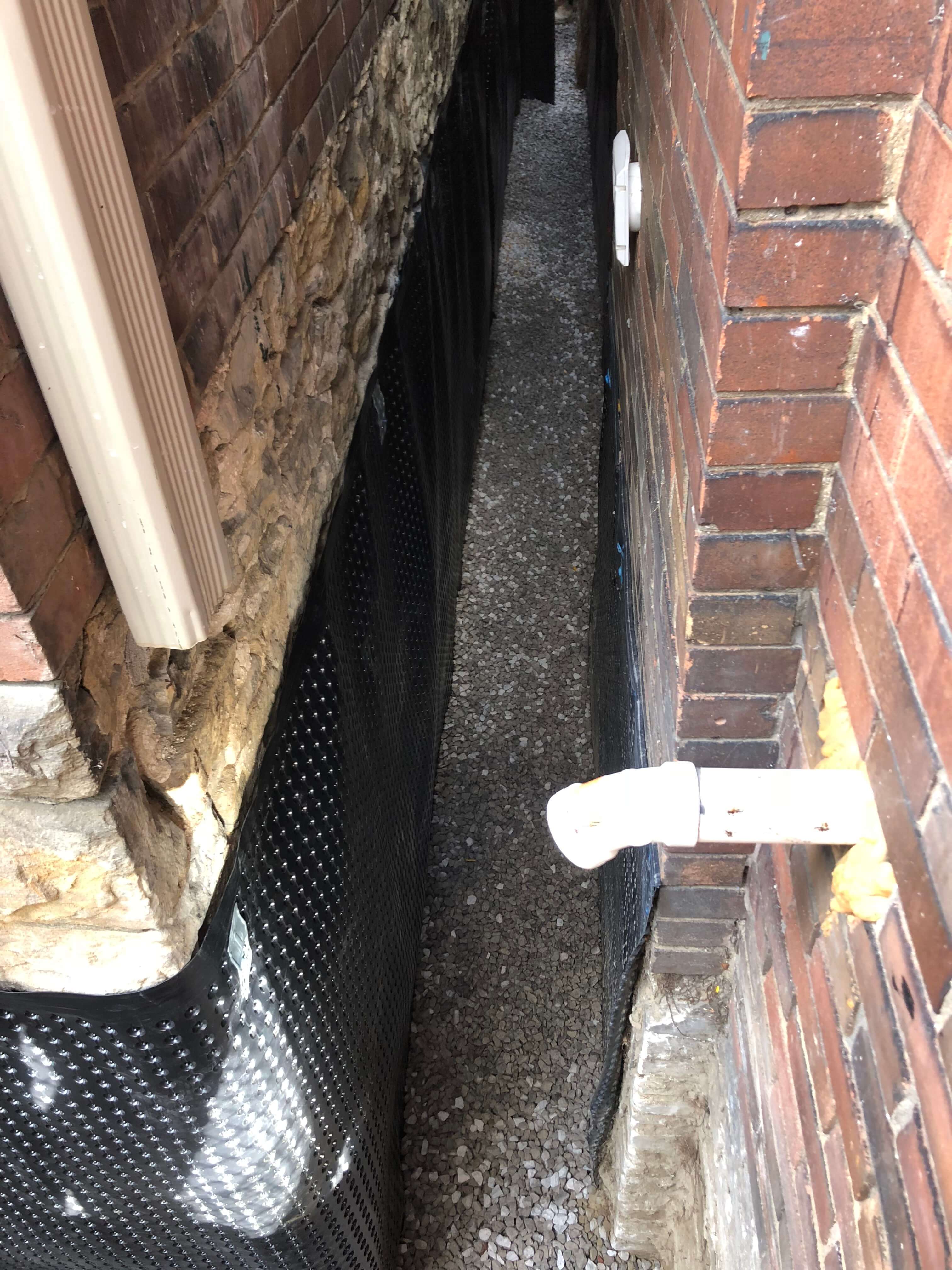Water Defense Systems After a Deluge: Your Next Actions

Going through a deluge can be catastrophic, leaving not only physical damage but also psychological stress. Once the floodwaters recede, many property owners and landlords are left wondering what to do next. One of the most crucial steps in the rehabilitation process is waterproofing. Implementing this measure not only protects your home from subsequent water intrusion but also protects your investment and ensures the well-being of your family.

Waterproofing is crucial for all home and structure, as it serves as a barrier against moisture that can lead to fungus, mildew, and structural damage. Grasping the various aspects of waterproofing can save you thousands in repairs down the line. Whether you are dealing with a basement that needs safeguarding or a roof that requires attention, understanding how to effectively waterproof your property is key to avoiding future issues. In this guide, we will examine the significance of waterproofing, the indicators that indicate your property needs it, and the most effective methods for keeping your space moisture-free and safe.
The Importance of Waterproofing
Sealing against water is a vital aspect of maintaining the integrity of residential buildings and buildings. It serves as a protective barrier against water intrusion, which can result in major damage over time. Without adequate waterproofing measures, structures are at risk of facing infiltration, mold problems, and foundation issues. These problems can jeopardize a property's security and significantly decrease its market value. Therefore, focusing on waterproofing should be a major concern for homeowners and builders alike.
Another essential reason, financial benefits waterproofing offers is crucial. Water damage repairs can be extremely costly, often running into thousands of dollars. By implementing efficient waterproofing solutions from the outset, property owners can avoid prohibitive expenses and renovations down the road. This preventative method not only safeguards the building but also aids in budgeting and long-term economic planning.
Moreover, waterproofing contributes to the overall comfort and wellness of the living area. High humidity issues often result in unpleasant odors and can create conditions conducive to mold and mildew growth, which pose health hazards. Aluneed waterproofing ensures superior indoor air quality and enhances utility efficiency by preventing unwanted moisture from affecting insulation and heating systems. In summary, waterproofing is not just about protecting your investment; it directly affects the quality of life for the inhabitants.
Common Waterproofing Techniques
One commonly utilized waterproofing methods is the use of liquid waterproofing membranes. browse this site are typically made from asphalt or polyurethane and can be used to different surfaces including roofs, walls, and foundations. Following application, they create a seamless barrier that successfully prevents water infiltration. Liquid membranes can be used for both new constructions and in the case of renovating older structures, making them a flexible choice for waterproofing.
A further popular approach is the use of sheet membranes. These pre-manufactured sheets are usually made from materials like rubberized asphalt or polyethylene. They are fitted over surfaces in a manner that covers joints, providing continuous protection against water penetration. Sheet membranes are particularly effective for waterproofing below-grade applications, such as basement walls, and are preferred for their durability and ease of installation. This method is essential in protecting structures from groundwater and hydrostatic pressure.
For locations that are vulnerable to moisture, such as bathrooms and kitchens, waterproof coatings and paints serve as an effective solution. These coatings are designed to form a waterproof barrier on surfaces, preventing moisture from seeping through. They can be applied to walls, floors, and even ceilings in wet areas. Furthermore, specialized waterproofing products are now available that are designed to resist mold and mildew, making them ideal for settings where water exposure is frequent.
Choosing the Right Waterproofing Solutions
Selecting the best waterproofing option for your property is vital to provide effective safeguarding against moisture damage. Aluneed waterproofing is to analyze your individual requirements, considering aspects like the area of the building, the amount of moisture exposure, and past water damage incidents. For instance, basements may require a alternative approach in contrast to roofs or toilets. Understanding these factors will lead you towards the most appropriate waterproofing methods and products.
Consider the multiple types of waterproofing accessible, including interior and exterior methods. Interior waterproofing is typically easier and cost-effective, focusing on sealing leaks and stopping moisture infiltration within the building. However, exterior waterproofing may be imperative for sustained protection, notably in areas susceptible to flooding. It's important to evaluate the advantages of each solution and select one that matches with your property’s specific issues.
In conclusion, when in doubt, consulting professionals can be a beneficial step. Skilled contractors can evaluate your case, offer personalized recommendations, and guarantee the chosen waterproofing solution is applied correctly. Their knowledge can assist you prevent common errors and guarantee that your spending in waterproofing produces lasting protection and peace of mind.
